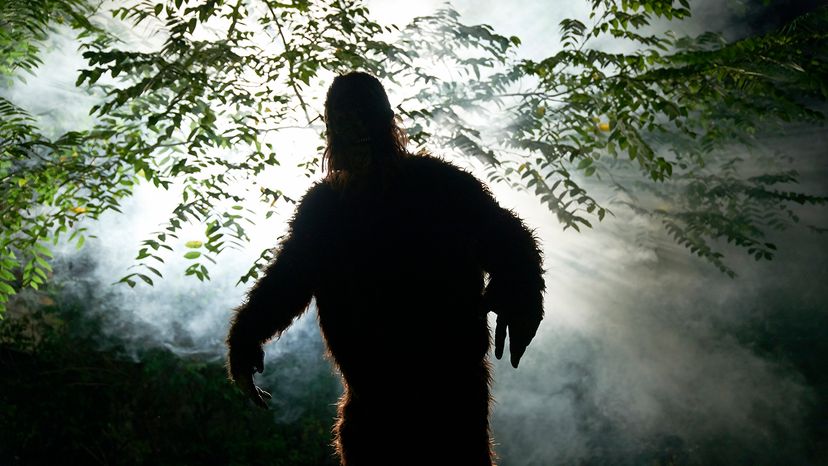All purported proof of the creature's existence has thus far been discredited. Still, avid cryptozoologists argue that the northwestern United States (along with parts of western Canada) are home to this enormous, hairy beast.
Bigfoot Sightings
Bigfoot believers are, of course, less skeptical than the scientific community when it comes to alleged sightings. Many scientists argue that these eyewitness reports are merely as misidentifications of known animals or are otherwise unreliable, due to poor lighting conditions and the power of suggestion, but at least one account merits some head-scratching.
Back in 1924, a group of miners claimed they had a harrowing encounter with several large, ape-like creatures near Mount St. Helens, Washington. The miners said they were staying in a cabin when the "gorilla men" attacked, and the miners shot at the beasts to get them to retreat.
Skeptics have suggested that the miners' perceptions could have been influenced by the remote and eerie environment. Regardless, the Ape Canyon incident remains foundational in the broader discussion of alleged encounters with such creatures.
Bigfoot Evidence
We'll say it again: There is no concrete evidence that Bigfoot exists. The FBI even examined hair samples that had supposedly come from the forest-dwelling monster, and the bureau concluded in 1977 that the hairs in question were "of deer family origin."
That hasn't stopped people from insisting that mysterious footprints and alleged photographs (always blurry, of course) prove it exists. The most famous piece of "evidence" is the Patterson-Gimlin film, which Roger Patterson and Bob Gimlin shot in Bluff Creek, California, in 1967.
The short clip shows what appears to be a large, hairy, bipedal creature — which the two men claimed to be a female Bigfoot — walking through a Northern California forest. It turns its head briefly, providing a profile view of its face.
Skeptics gripe about the film's grainy quality and the creature's seemingly nonchalant behavior while being filmed. The lack of follow-up proof from the same location doesn't help the believers' case.
